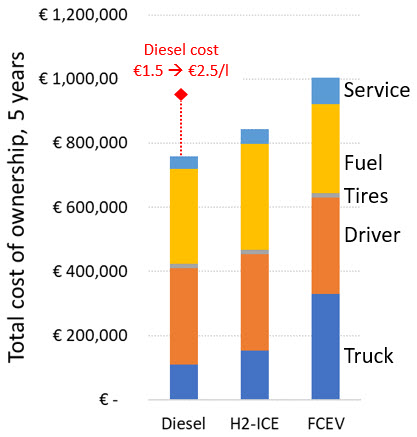
H2 ICE truck cost of ownership vs diesel and fuel cell vehicles
![]()
Here’s an attempt at deconvoluting the cost of ownership of H2-ICE and a comparison with diesel and fuel cell vehicles.

![]()
Here’s an attempt at deconvoluting the cost of ownership of H2-ICE and a comparison with diesel and fuel cell vehicles.
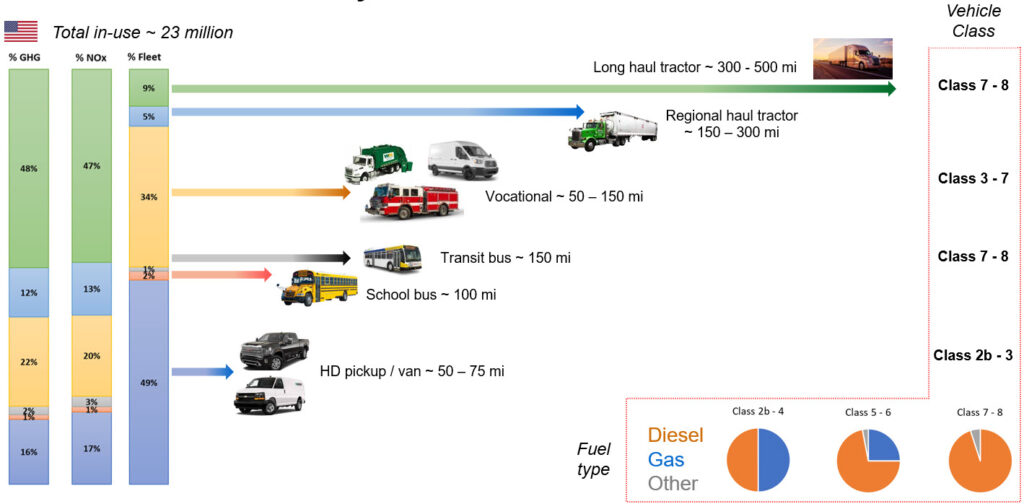
![]()
Heavy-duty vehicles cover a very wide range of applications and typical driving profiles. A one-size-fits-all approach is unlikely to work for reaching zero tailpipe emissions from this sector. Here’s a summary of the application diversity from a US viewpoint.
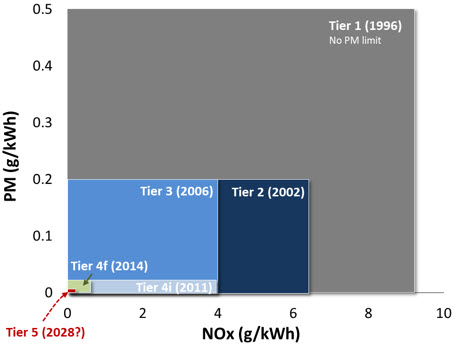
![]()
Here’s a summary of California’s latest thinking on “Tier 5” tailpipe NOx emission standards for off-road construction and farming equipment.

![]()
Each year, millions of people die prematurely because of exposure to fine particles emitted as a result of fossil fuel combustion. Europe and China have taken steps to address particulates from passenger cars. Upcoming US regulations provide an opportunity to catch up.
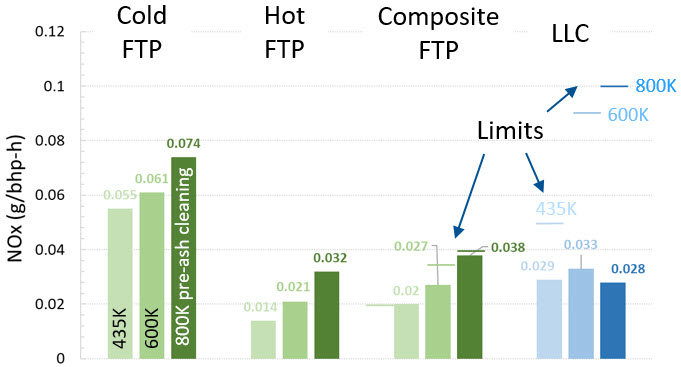
![]()
This is part 1 of 2 technology updates on pathways to meet the low NOx standards for heavy-duty vehicles set by California and being considered by the EPA for nationwide implementation starting model year 2027.
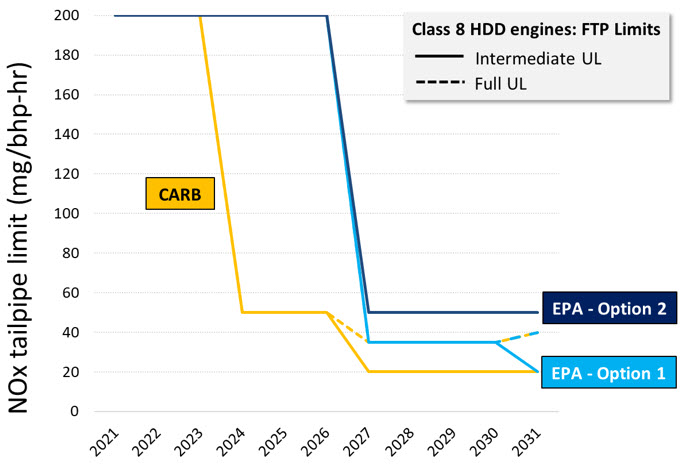
![]()
Here’s a summary of EPA’s proposed changes to tailpipe NOx and CO2 emission standards for HD trucks in the US beyond 2027.

![]()
The US EPA has revised the fuel economy standards for model years 2023 – 2026. On average, this will require fleet averaged annual reductions of CO2 or fuel consumption by 7%. Overall, the model year 2026 CO2 emissions will be further reduced by 23% compared to the previous Safer Affordable Fuel-Efficient (SAFE) rule.

![]()
Starting with Euro 7 regulations in Europe, particles down to 10 nm will be counted and regulated, a change from the current cut-off of 23 nm, reflecting both the increasing awareness of health impact due to ultra-fine particles and also improved measurement capabilities. We give an overview of the issue.
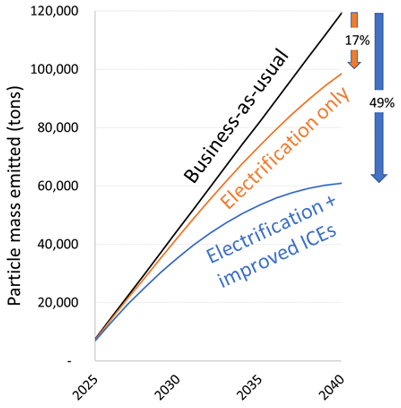
![]()
A simple calculation, taking the US as an example, to show that improving air quality for the next couple of decades will require that we continue to improve IC engines, even as electrification proceeds rapidly.
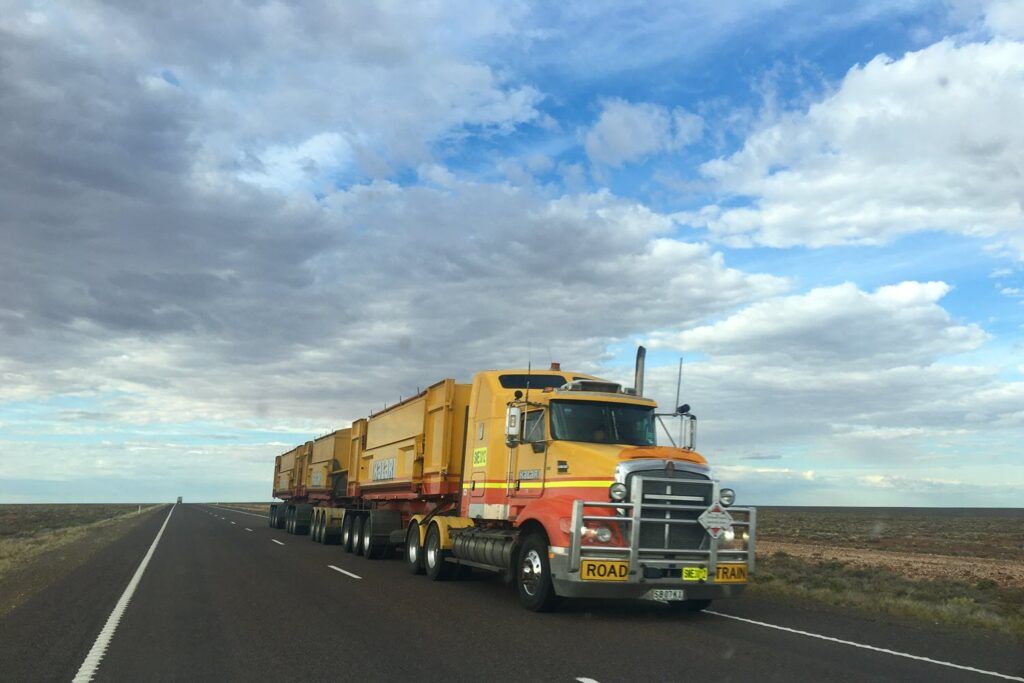
![]()
As we enter into the final lap of the SuperTruck 2 program, all teams are confident of meeting the 55% BTE and doubling-of-freight-efficiency targets. Here are the technical solutions being pursued.